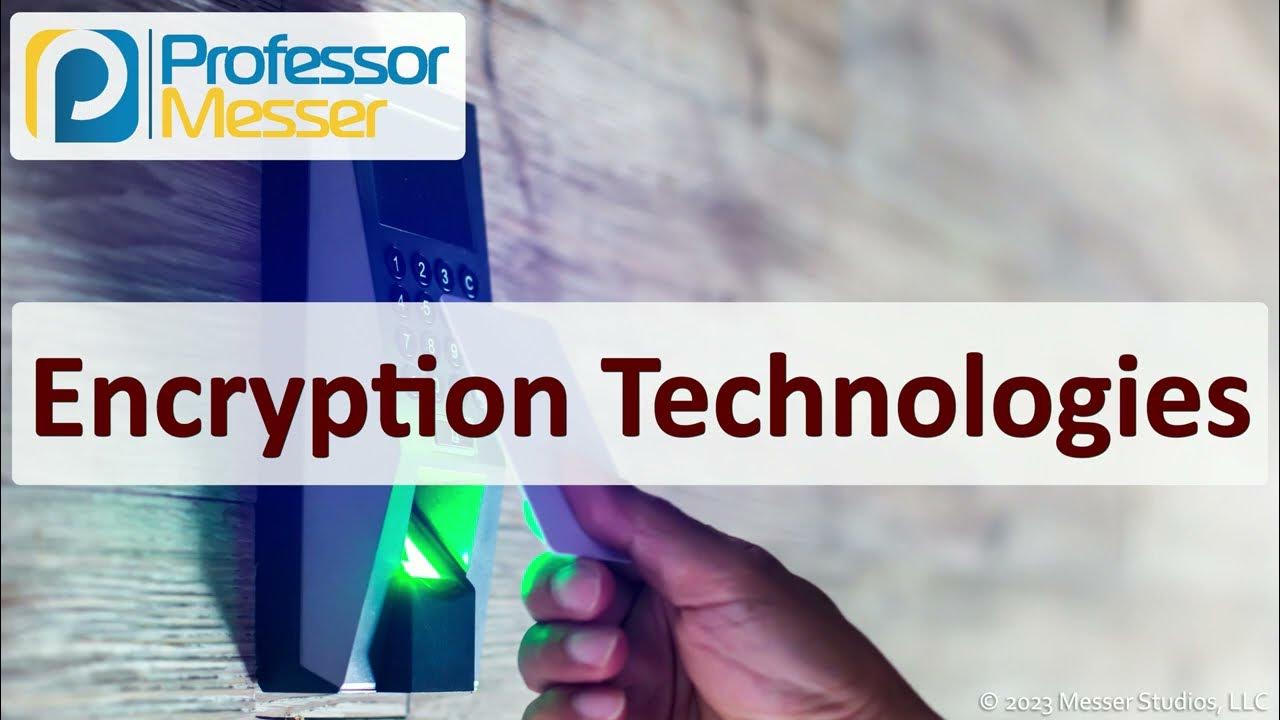Virtual Extensible LAN - CompTIA Network+ N10-009 - 1.8
Summary
TLDRThe script discusses the challenges of managing applications across multiple data centers with varying IP addressing schemes and connectivity types. It introduces Data Center Interconnection (DCI) and Virtual Extensible LAN (VXLAN) as solutions. VXLAN, an improvement over VLANs, supports up to 16 million virtual networks and enables seamless connectivity over layer 3 networks. The script illustrates how VXLAN tunnels encapsulate and transport data between data centers, allowing virtual machines to operate as if they are on the same network despite being in different locations.
Takeaways
- 🌐 **Data Center Interconnection (DCI)**: Organizations distribute applications and servers across various data centers, necessitating seamless connectivity between them.
- 🌟 **Challenges with IP Addressing**: Different data centers may have distinct IP addressing schemes, complicating connectivity.
- 🌉 **Cloud-based Distribution**: Applications are often distributed across multiple data centers, which might be located worldwide.
- 📡 **Connectivity Variance**: Data centers can have different types of connectivity, from high-bandwidth fiber to copper-based connections.
- 🛠️ **Abstraction of Network Details**: Applications should operate without concern for the underlying network infrastructure or IP schemes.
- 🔄 **Virtual Extensible LAN (VXLAN)**: VXLAN is a technology designed to support thousands of customers using the same data centers globally.
- 📏 **VLAN Limitations**: VLANs are limited to around 4,000 virtual networks and are non-routable due to their layer 2 confinement.
- 🚀 **VXLAN Capabilities**: VXLAN can support up to 16 million virtual networks and allows for routing over a layer 3 network.
- 🌉 **VXLAN Tunnel Endpoints (VTEPs)**: VTEPs are used to create VXLAN tunnels, identified by IP addresses and VNIs (VXLAN Network Identifiers).
- 🔗 **VXLAN Tunneling**: VXLAN tunnels encapsulate and transport data across an IP network, making it appear as if virtual machines are directly connected.
Q & A
What is Data Center Interconnection (DCI)?
-Data Center Interconnection (DCI) is a method to connect different data centers seamlessly with each other, allowing for the distribution of applications and resources across multiple locations.
Why is it important to have a consistent IP addressing scheme across data centers?
-A consistent IP addressing scheme across data centers is important to ensure that applications can move between data centers without issues related to connectivity or addressing conflicts.
What challenges arise when devices are located in different data centers with different connectivity types?
-Challenges include managing different IP addressing schemes and varying network infrastructures, which can complicate the operation of applications that need to communicate across these centers.
How does the cloud facilitate the distribution of applications across data centers?
-The cloud allows applications to be distributed across multiple data centers, which may be located in different geographical locations, providing flexibility and scalability.
What is a Virtual Extensible LAN (VXLAN) and how does it differ from VLANs?
-VXLAN is a network technology that supports thousands of different customers using the same data centers across the world. It differs from VLANs by supporting up to 16 million virtual networks and allowing them to be connected over a layer 3 network, making them routable over the existing public internet.
What is the limitation of VLANs in the context of data center networking?
-VLANs are limited to around 4,000 different virtual networks and are confined to layer 2, which restricts their scalability and routability.
How does VXLAN enable the routing of virtual networks over the existing public internet?
-VXLAN encapsulates the original Ethernet frame within a VXLAN header that sits inside a UDP header, in an IP header, allowing it to be routed over a layer 3 network.
What is a VXLAN tunnel endpoint (VTEP) and what is its role?
-A VXLAN tunnel endpoint (VTEP) is a device, such as a switch, that contains a VXLAN tunnel and is responsible for encapsulating and decapsulating traffic between virtual networks across different data centers.
What is a VXLAN Network Identifier (VNI) and how does it help in connecting different data centers?
-A VXLAN Network Identifier (VNI) is a unique identifier used to segment different VXLAN networks. It helps in connecting corresponding VNIs across different data centers through VXLAN tunnels.
Can you explain the process of encapsulation and decapsulation in the context of VXLAN?
-Encapsulation in VXLAN involves wrapping the original Ethernet frame within a VXLAN header for transport across a tunnel. Decapsulation is the process of removing this VXLAN header at the destination, restoring the original frame for local network use.
How does VXLAN help in creating a seamless connection between virtual machines in different data centers?
-VXLAN allows virtual machines in different data centers to communicate as if they are on the same local network by encapsulating and routing their traffic through VXLAN tunnels, making the connection appear seamless.
Outlines

Этот раздел доступен только подписчикам платных тарифов. Пожалуйста, перейдите на платный тариф для доступа.
Перейти на платный тарифMindmap

Этот раздел доступен только подписчикам платных тарифов. Пожалуйста, перейдите на платный тариф для доступа.
Перейти на платный тарифKeywords

Этот раздел доступен только подписчикам платных тарифов. Пожалуйста, перейдите на платный тариф для доступа.
Перейти на платный тарифHighlights

Этот раздел доступен только подписчикам платных тарифов. Пожалуйста, перейдите на платный тариф для доступа.
Перейти на платный тарифTranscripts

Этот раздел доступен только подписчикам платных тарифов. Пожалуйста, перейдите на платный тариф для доступа.
Перейти на платный тарифПосмотреть больше похожих видео

Teoría Redes de Ordenadores - Bachillerato

CCNA 200-301 en Français - Leçon 13 : Introduction aux réseaux longue distance : Circuits Loués

Chainlink's Strategic Position in Capital Markets in 2024 | Sergey Nazarov

FOA Lecture 1: Fiber Optics & Communications

INTRODUCTION TO IOT- PART-II

Encryption Technologies - CompTIA Security+ SY0-701 - 1.4
5.0 / 5 (0 votes)
